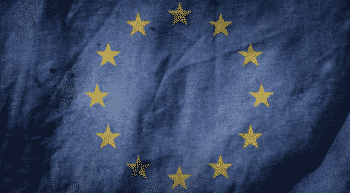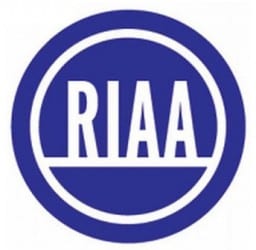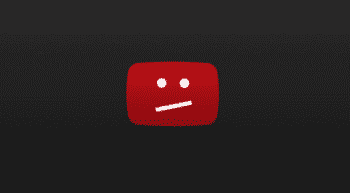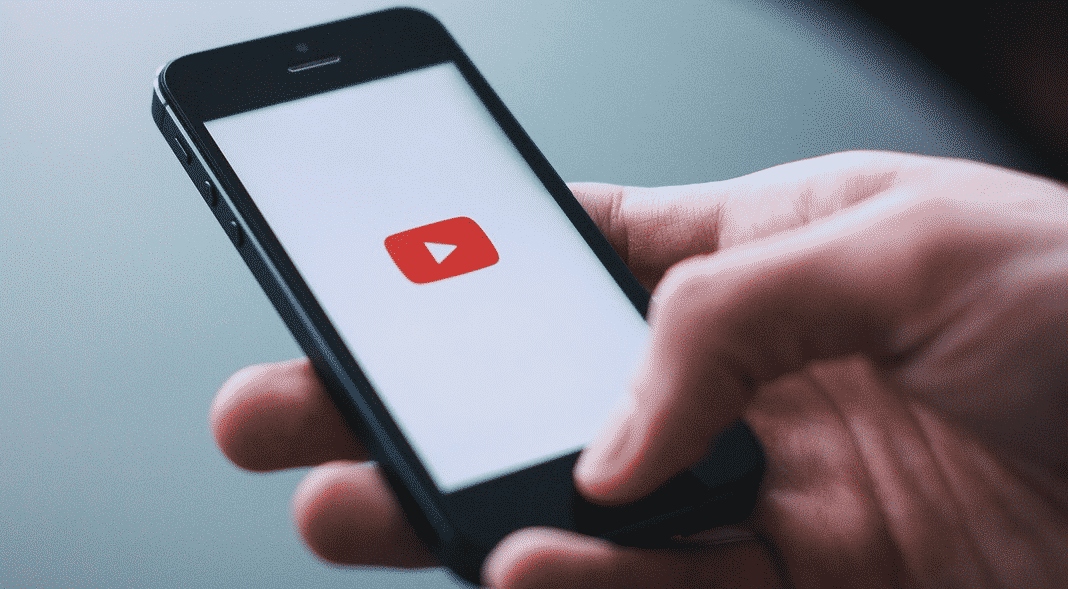How Article 13 Could Impact YouTube
A practical look at what Article 13 might do to YouTube...

With the EU Parliament holding its final vote on its new copyright directive, it seems likely that the directive, along with Article 13, will become law.
What exactly that will mean is up for debate. Once it gets another vote from the European Council, the countries of the EU will have two years to implement it into their own laws, bringing it into full effect.
However, much of the pushback over Article 13 has come from a seemingly unusual place: YouTube.
When dealing with a new law that requires filtering, YouTube would seem to be one of the least impacted sites. After all, YouTubers have had to deal with Content ID, a form of automated filtering, since June 2007 (back when it was called “Video Identification”).
Though complaints about Content ID are pervasive on YouTube, the technology has helped reduce the number of takedown notices that YouTube deals with and currently handles more than 98% of all copyright disputes on the site. Also, according to YouTube, less than 1% of all Content ID claims are disputed.
This raises a simple question with a complicated answer: If YouTube is already a haven for filtering, what will likely change with the passage of the new European Copyright Directive and why are YouTubers (as well as YouTube itself) against it?
To that end, while it’s impossible to predict exactly how the law will be applied, we can look to the text of the law itself and make some educated guesses about how YouTube will likely be impacted by the new law.
1: Changed Negotiations with Rightsholders

The stated intent of Article 13 is not to require sites like YouTube to install filtering software. Instead, it’s to require such sites to “obtain an authorization from the rightholders” to use the content that users upload to the service.
Currently, user-generated sites like YouTube don’t have an obligation to strike deals with rightsholders. Under the law they don’t need permission and, instead, can allow users to upload the works and simply remove them when notified of infringement.
YouTube does negotiate deals with major rightsholders, but rightsholders often complain that those negotiations are unfair since YouTube doesn’t need the license but services like Spotify and Apple Music do. This has resulted in a debate about the “value gap” over the fact that YouTube pays less in royalties than similar providers.
Rightsholders have repeatedly blamed that disparity on the fact that there’s no obligation for YouTube to obtain such licenses. Article 13 will change that but it’s up for debate if that will result in more revenues for artists.
In short, even though YouTube has long struck licensing deals and used Content ID to remove unlicensed music, rightsholders are hoping that a legal obligation to do so will tip the scales in their favor.
2: New Content in Content ID

Currently, getting into Content ID can be difficult. Though YouTube has enabled some of Content ID’s features for everyone, if you’re an individual artist it can be extremely difficult to get your work into Content ID without going through an approved distributor.
For example, if you send a takedown notice to YouTube, your work isn’t automatically added to Content ID. YouTube doesn’t block future uploads of it. How to get into Content ID is something of a mystery but access to it is generally reserved for larger rightsholders.
However, that is likely to change as the law doesn’t make any real distinction between size of rightsholder or even type of rightsholder (See Article 3(1) and (2)).
This means that YouTube will have an obligation to block all allegedly infringing material and it won’t be limited to just music and video. Photographers and other types of creators will have similar rights.
In short, a lot of new content is going to be eligible for and even required to be included in Content ID once Article 13 becomes law. How this will work remains unclear.
3: Stricter Use of Content ID

Currently, if Content ID misses a work, there isn’t a real penalty for YouTube. As long as it complies with takedown notices, a failing of Content ID doesn’t expose YouTube to liability.
With Article 13, that could change. YouTube could, at least theoretically, be held liable for works that Article 13 misses. This could result in YouTube tightening the screws on Content ID, trading more false positives in exchange for fewer false negatives.
That said, the change may not be that drastic. The law says that the filtering efforts must be made “in accordance with high industry standards of professional diligence”. Those industry standards are likely to be largely set by YouTube itself since it is both the largest site of its kind and it is the current leader in the space of content filtering.
As a result of this, YouTube will likely be setting the standard for acceptable levels of filtering. This means Article 13 probably won’t have a huge impact on how aggressive Content ID’s standards are, but may enforce those standards on other services.
However, we won’t know the full impact of this until after the directive comes into force as that’s when the European Commission is supposed to sit down with stakeholders (rightsholders and providers) and hash out the details of the best practices.
4: Changes to Appeals
One less-discussed side effect of Article 13 may be changes to the appeals process. Paragraph 8 of the article lays out the handling of disputes saying that, “Complaints submitted under this mechanism shall be processed without undue delay and decisions to remove or disable access to uploaded content shall be subject to human review.”
This means that the process for removing and blocking allegedly infringing works will not be automatic. Sites, like YouTube, can review the claim and say no if they feel it is not appropriate.
However, more interesting is that the law requires member states to “ensure that out-of-court redress mechanisms are available for the settlement of disputes.” This mechanism is to be “settled impartially” but will not preclude any of the other legal remedies available.
What form this appeals process will take is unclear and will actually be up to the member states themselves, but this could pave the way for an impartial appeals process that may even be outside of YouTube.
The language here is extremely vague so it’s difficult to predict what exactly will happen. The main thing to note is that changes will likely be coming to YouTube’s appeals process because of this act.
5: A Lot of Uncertainty
In the end, there’s only a handful of things we know with any real certainty. YouTube will be facing new potential liability, its relationship with rightsholders will change and Content ID is likely to get a lot busier.
Beyond that though, there’s not a lot that can be said for certain. The language of the directive is deliberately very vague and much of the details is left to the member states to hash out in their implementation.
As the member states implement the directive, we’ll have more details on the concrete changes that will take place. As of right now, while we know that some big changes are likely coming for YouTube and can even predict some of the places it will happen, it’s hard to say what those exact changes will be.
Expect a very uncertain time for YouTube over the next two years as all of this shakes out.
Bottom Line
When it comes to legal changes like Article 13, I tend to dismiss the “doom and gloom” concerns many people throw out. Many bills were supposed to be the death of the internet or the end of free speech online and none have turned out as such.
Likewise, I also dismiss the claims that it will “fix everything” or “completely solve all of the problems.” Once again, many bills and laws have been pitched as such and, once again, none have lived up to that hype.
Both of those arguments are designed to motivate people to feel passionate about a the bill so they either support or condemn it. Such arguments are rarely based in likely outcomes of the legislation.
Still, Article 13 will mean some significant changes for the internet and YouTube, despite being a haven for content filtering already, will feel much of it.
The devil, as the expression goes, is in the details and the details are largely unknown right now. It’ll be important to watch as the directive is implemented as we will start to get a clearer picture of what sites will have to do to comply with it.
Want to Reuse or Republish this Content?
If you want to feature this article in your site, classroom or elsewhere, just let us know! We usually grant permission within 24 hours.
